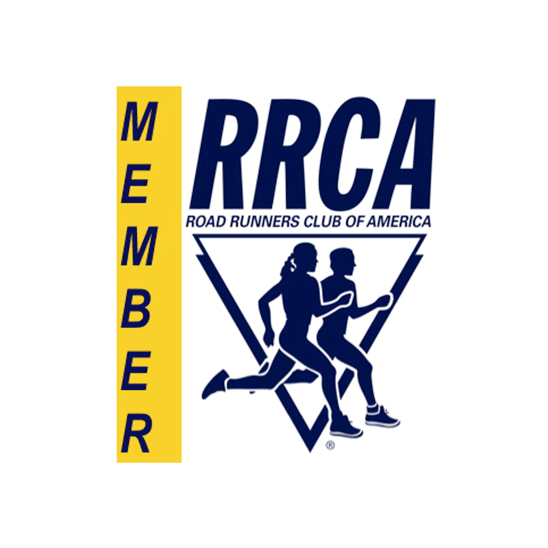There’s an important trick to remember if you ever have to catch up to your pace group. Let’s say you have to take a bathroom break or tie your shoes: do NOT catch up too quickly. Catch up slowly! No sprinting or no super-fast speed walking: just lean in and close the gap a little at a time.
So too with an injury: you can’t sprint through recovery!
Injury recovery is something we Leggers are doing all the time, it’s just not that obvious because the “injuries” are microscopic. The fundamental cycle of an endurance training plan is, week after week, to break down the body a little and then give it time to heal. A long run stresses your whole system and even creates micro-tears in your tissues, and recovery walks and runs allow the body to catch up. Over and over you are breaking and remaking your body.
An injury makes this process that much more obvious, and it means you have to pay very deliberate attention to that mixture of stress and recovery. If you don’t then at best your injury is going to become chronic (i.e. it will linger), and at worst you’re going to create a truly acute injury. You’ll go from bad to worse with all of the terrible consequences that implies.
So how do you catch up with your training program when you’ve been injured?
First, as with illness, it’s important to get a medical perspective on your injury. You can get a lot of good advice about common problems from your mentors and coaches, but medical professionals (including, in this case, Physical Therapists) will have the tools to give you the correct diagnosis and put you on a gentle slope to recovery.
Recently I suffered from tendinitis in my right heel, which is an inflammation of the tissues of the foot that’s painful when you walk or run a lot, and painful if you’re just sitting still. Starting in August it’s kept me from running more than about 5 miles, and when I do I pay for it later in the day. I tried ice packs and stretches (which helped), but I felt like I was just treading water. I also thought maybe I had a slightly different condition (plantar fasciitis) which I’d had 10 years ago, so I clearly needed to see the doc to figure out what I was dealing with.
The road back started with that diagnosis from my M.D., who prescribed an anti-inflammatory cream and a course of physical therapy. If you’ve never worked with one, a physical therapist can be a revelation. A lot of their job is educational: they might work on your injury directly, but more importantly they’re going to show you what’s wrong, how things should work, and what you can do to make them better.
So if step one in your recovery process is to allow time for your body to deal with the injury, step two is to build a routine that’s going to help you address that injury. This usually means adding a physical therapy routine to your usual workout: probably a combination of stretches for flexibility and exercises to rebuild strength.
This is usually a pain! If you’re like me you really enjoy your regular run/walk sessions and your cross training. A therapy routine is like having homework on top of the fun stuff! But stick with it because it will pay off.
Step three of this is to make a plan for slowly catching up with your training program. Your MD or Physical Therapist will be able to give you a glide path back to your regular schedule. For example, in my case I was told that as long as I am doing my PT exercises I could add 10% to my mileage per week. If the pain returns I’ve got to back off a bit and take a little more time.
I have to say that there have been some unexpected benefits to this recovery. For starters, my Physical Therapist helped me with another problem I see a lot of: foot and calf cramps. In her analysis she pinpointed some critical problems with flexibility that were both causing those cramps and making my tendinitis worse. Her program for me includes some very specific stretches to get at that stiffness. If I come out of this with less excruciating leg cramps, that’s a real win! The upside to injury is an opportunity to really think about how your body is working as an endurance machine: embrace that.
In the end, if you do it right, dealing with an injury is going to make you a more educated and thoughtful athlete. Your deliberate attention is going to pay off with more and better miles down the road. !





